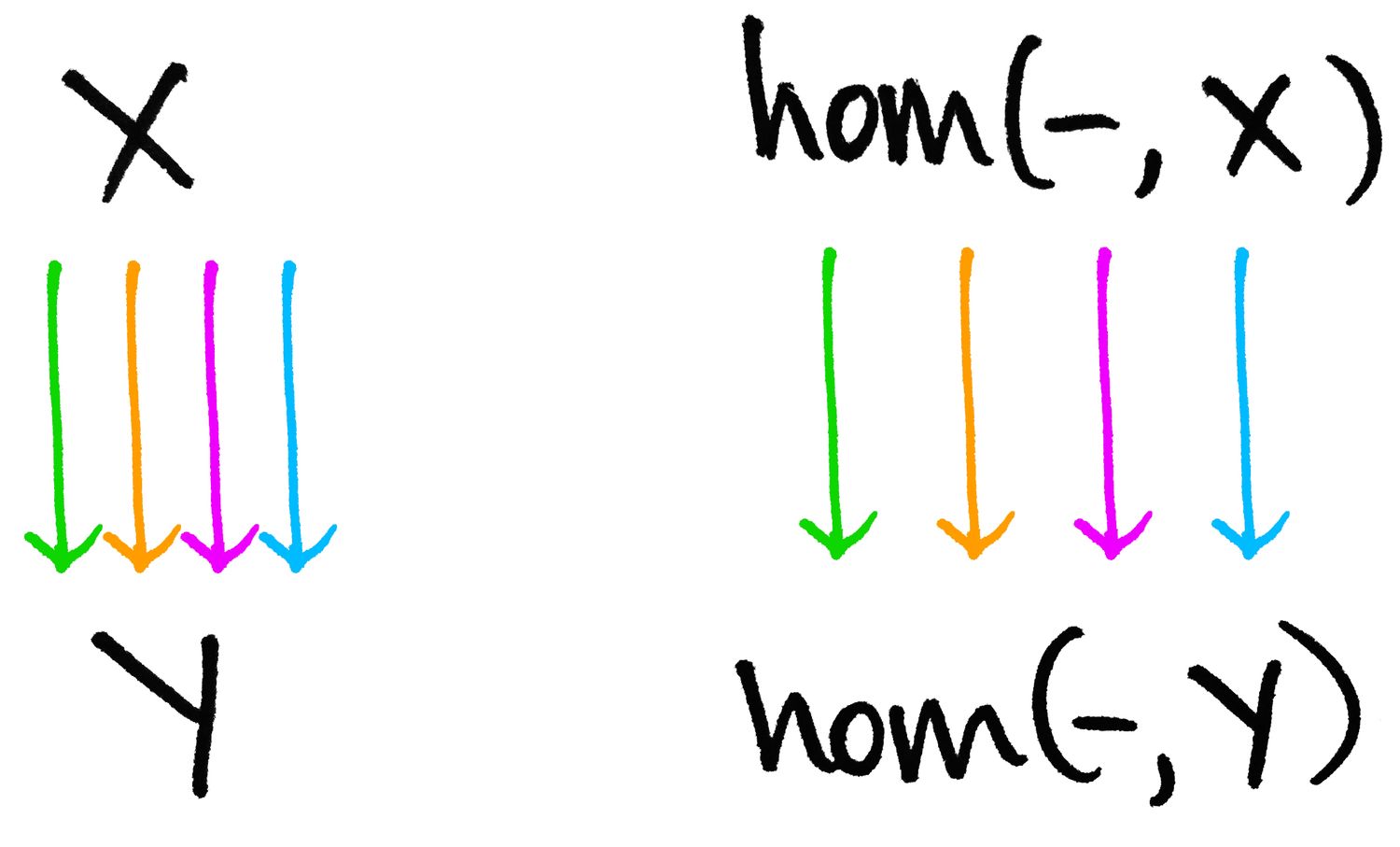
Who is Yoneda? Yoneda is a name that resonates in various fields, from mathematics to anime. In mathematics, Nobuo Yoneda is celebrated for the Yoneda Lemma, a cornerstone in category theory. In anime, Yoneda Kou is a renowned manga artist known for her captivating storytelling and intricate characters. But Yoneda isn't just a name; it's a legacy. Whether you're diving into complex mathematical theories or getting lost in a gripping manga, the name Yoneda holds a special place. Let's explore 36 intriguing facts about Yoneda that span different realms, offering a glimpse into the lives and works of these remarkable individuals.
Yoneda Lemma: The Basics
The Yoneda Lemma is a fundamental result in category theory, a branch of mathematics. It provides deep insights into how objects in a category relate to each other through morphisms.
- Named after Nobuo Yoneda, a Japanese mathematician who introduced it in 1954.
- Central to category theory, often considered one of its cornerstones.
- Relates objects and morphisms in a category, showing how an object can be understood by its relationships.
- Uses functors, which are mappings between categories that preserve their structure.
- Helps in understanding representable functors, which are functors that can be represented by hom-sets.
Importance in Mathematics
The Yoneda Lemma is not just a theoretical concept; it has practical applications in various fields of mathematics.
- Crucial for algebraic geometry, helping to understand schemes and sheaves.
- Used in homological algebra, aiding in the study of chain complexes and derived categories.
- Influences computer science, particularly in the theory of programming languages and type theory.
- Aids in the study of topos theory, a branch of mathematics that generalizes set theory.
- Helps in understanding natural transformations, which are mappings between functors.
Technical Aspects
Understanding the technical details of the Yoneda Lemma can be challenging but rewarding.
- Involves hom-sets, which are sets of morphisms between objects in a category.
- States that every functor is naturally isomorphic to a hom-functor.
- Uses the concept of natural isomorphism, a way of showing that two functors are essentially the same.
- Relies on the idea of representable functors, which can be represented by hom-sets.
- Provides a way to embed a category into a functor category.
Applications in Other Fields
The Yoneda Lemma's influence extends beyond pure mathematics.
- Used in theoretical computer science, particularly in the study of programming languages.
- Helps in the development of functional programming languages, such as Haskell.
- Influences type theory, a branch of mathematical logic.
- Aids in the study of databases, particularly in understanding categorical database theory.
- Used in physics, particularly in the study of quantum mechanics and quantum field theory.
Historical Context
Understanding the historical context of the Yoneda Lemma can provide deeper insights into its significance.
- Introduced by Nobuo Yoneda in 1954, during a period of rapid development in category theory.
- Part of the broader development of category theory, which began in the 1940s.
- Influenced by earlier work in algebraic topology and homological algebra.
- Helped to formalize the concept of functors, which were introduced in the 1940s.
- Contributed to the development of modern algebraic geometry, particularly the theory of schemes.
Understanding Through Examples
Examples can help to illustrate the abstract concepts involved in the Yoneda Lemma.
- Consider the category of sets, where objects are sets and morphisms are functions.
- A functor from this category to itself can be represented by a hom-set.
- The Yoneda Lemma shows that this functor is naturally isomorphic to the hom-functor.
- In the category of groups, objects are groups and morphisms are group homomorphisms.
- A functor from this category to the category of sets can be represented by a hom-set.
Further Reading
For those interested in learning more about the Yoneda Lemma, there are many resources available.
- "Categories for the Working Mathematician" by Saunders Mac Lane, a foundational text in category theory.
- "Sheaves in Geometry and Logic" by Saunders Mac Lane and Ieke Moerdijk, which explores the applications of category theory.
- "Category Theory in Context" by Emily Riehl, a more accessible introduction to category theory.
- Online resources, such as the nLab and Wikipedia, provide detailed explanations and examples.
- Mathematical journals, where many papers on category theory and the Yoneda Lemma can be found.
- University courses, which often include category theory as part of their curriculum.
Yoneda's Legacy in a Nutshell
Yoneda's contributions to mathematics, especially category theory, have left an indelible mark. His Yoneda Lemma is a cornerstone, influencing various fields like computer science and logic. This lemma simplifies complex concepts, making them accessible to both seasoned mathematicians and curious learners. Beyond his lemma, Yoneda's work on homological algebra and sheaf theory has paved the way for new discoveries and applications. His legacy isn't just in theorems and proofs; it's in the inspiration he provides to future generations of mathematicians. Yoneda's ability to see connections where others saw none has made him a giant in his field. As we continue to explore and expand upon his ideas, his influence will undoubtedly persist, guiding us through the intricate world of mathematics. Yoneda's work reminds us that even the most abstract concepts can have profound, real-world implications.
Was this page helpful?
Our commitment to delivering trustworthy and engaging content is at the heart of what we do. Each fact on our site is contributed by real users like you, bringing a wealth of diverse insights and information. To ensure the highest standards of accuracy and reliability, our dedicated editors meticulously review each submission. This process guarantees that the facts we share are not only fascinating but also credible. Trust in our commitment to quality and authenticity as you explore and learn with us.
